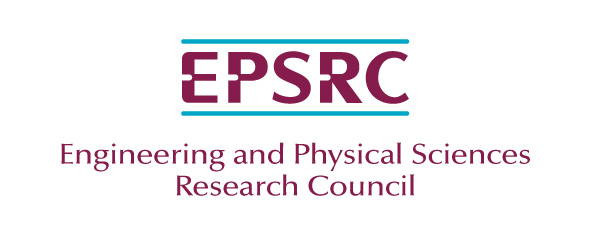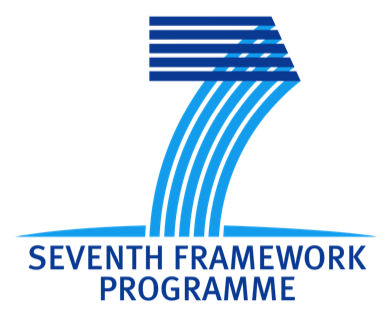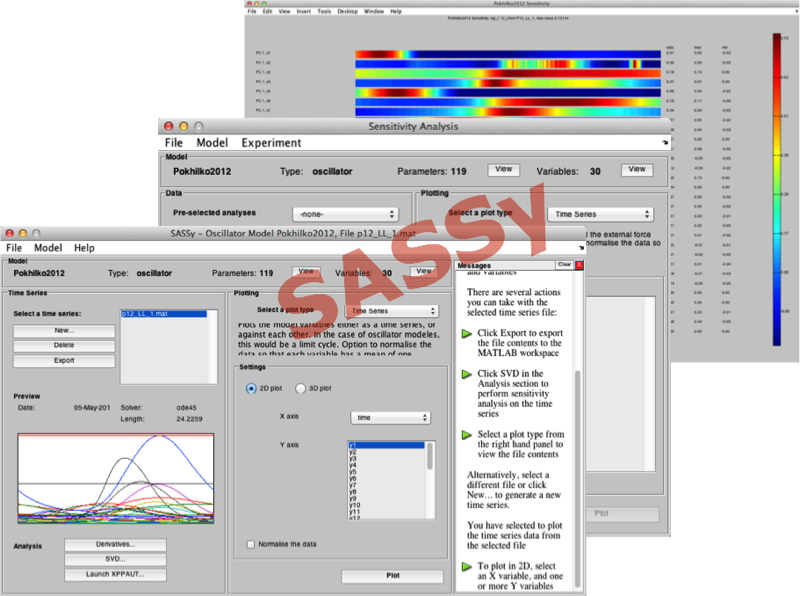David Rand
Warwick Mathematics Institute and Zeeman Institute

Contact
Phone:
44(0)24 7652 8321
email: d.a.rand(at)warwick.ac.uk
web:www.davidrand.uk
Address:
Senate House
University of Warwick
Coventry CV4 7AL
United Kingdom
David Rand is Professor of Mathematics and a member of Warwick's Zeeman Institute for Systems Biology and Infectious Disease Epidemiology (SBIDER). Until August 2005 he was Chair of Warwick's Mathematics Institute, from 2005 to 2010 he held an EPSRC Senior Research Fellowship and from 2005 to 2016 he directed the Warwick Systems Biology Centre (WSB).

Currently, his main research interest is Systems Biology, particularly understanding the design and operating principles of regulatory, signalling and developmental systems and developing new mathematical and statistical tools and approaches in order to do this. He also still publishes in Dynamical Systems.






News…….
New papers
On how temperature regulates NF-κB dynamics and function through timing of A20 transcription. Details here. On new analytical approximation and faster simulation of large complex stochastic models. Available here. On heterogeneous NF-kB dynamics. Details here. Reviewing Systems Chronotherapeutics. Details here. On ReTrOS, a MATLAB Toolbox for Reconstructing Transcriptional Activity. Details here. On a novel method for inferring transcriptional regulation. Details here. On generating reproducible, statistically sound, and broadly useful genome-scale data. Details here. On PeTTSy : a computational tool for perturbation analysis of complex systems biology models. Details here. On metabolism and developmental processes in drought-stressed Arabidopsis. Details here. On cellular heterogeneity resulting from stochastic or pulsatile transcription within a complex tissue environment. Characterises spatio-temporal the transcription dynamics of the prolactin gene. Details here. On inference for Stochastic Reaction Networks and using constraints and their value for optimization of large ODE systems. Details here.
New EPSRC research grant: Mathematical Foundations of Information and Decisions in Dynamic Cell Signalling
While the notion of information content is clear when one is talking about strings formed from a finite alphabet as in DNA or RNA, there is currently no clear conceptual framework once the genomic information has been passed into the dynamic processes that determine how a cell works. A key aim of this project is to develop such a conceptual framework in the context of dynamic signalling systems by providing the mathematical foundations. A key idea behind our approach is the integration of cellular decision-making with information transmission. In this approach the value of the information in the signalling system is defined by how well it can be used to make the "correct" decisions. Rather than asking how much information is being transmitted, we ask whether the amount and quality of the information is adequate for reliable decision-making either at the single cell level or at the level of populations of cells.
INSERM article
Article by INSERM on our paper about coupling between the mammalian circadian clock and the cell cycle.
EPSRC Centre for Doctoral Training, MathSys
Our CDT, MathSys is one of the current batch of Centres for Doctoral Training funded by EPSRC and MRC, 13 external partners and the University of Warwick. It is dedicated to tackling real-world problems that require the development of novel mathematics. These problems arise from our strong interaction with a range of external partners from industry, finance and health, who represent some of the leading establishments in the UK. It is our belief that modern mathematics and statistics are a core building block for tackling many of the global challenges facing society and that there is a rapidly increasing demand for researchers with the mathematical skills needed. MathSys unites Warwick mathematicians in three existing centres that have excellent records of world-leading research involving application of mathematics to real-world problems: the Centre for Complexity Science, Warwick Systems Biology, and Warwick Infectious Disease Epidemiology Research (WIDER). MathSys website.
BBSRC Lola Grant Systems Biology analysis of biological timers and inflammation
BBSRC Lola Grant Systems Biology analysis of biological timers and inflammation is in its last two years. This is a joint project with groups from Manchester led by Mike White and the total funding is approximately £5.2m. The Warwick team will lead the theoretical and mathematical aspects of this grant. Postocs interested in working on this project should contact me.
PhD studentship projects available
PhD studentship projects available on developmental biology, circadian clocks, cancer & chronotherapy, the NF-kappaB and Nrf2 signalling systems, information and cellular decision-making, development and mathematical aspects of systems biology. Interested students should email me.
SysmedIBD
The EU funded FP7 project SysmedIBD (Systems medicine of chronic inflammatory bowel disease) has now finished. This was a collaboration between groups at the following institutions: The University of Manchester, Christian-Albrechts-Universität zu Kiel, Deutsches Krebsforschungszentrum Heidelberg, The University of Warwick, Universitätsklinikum Aachen, The University of Liverpool, Universiteit Maastricht, The Hebrew University of Jerusalem, LifeGlimmer GmbH, Genexplain GmbH, The University of Auckland, GABO:mi Gesellschaft für Ablauf-organisation:milliarium mbH & Co. KG. With the team from Heidelberg, the Warwick team will led the theoretical and mathematical aspects of this grant. The achievements are outlined on the SysmedIBD project web page here.

Book by Pinto, Rand and Ferreira now available from Springer:
A A. Pinto, D A. Rand and F Ferreira, Fine Structures of Hyperbolic Diffeomorphisms, Springer Monographs in Mathematics ISSN 1439-7382 (published October 22nd, 2008). Fine Structures web page here.
On surfaces the theory of the fine scale structure of hyperbolic invariant sets and their measures can be described in a very complete and elegant way. This is the subject of this book. A very substantial part of the exposition is the outcome of the ongoing research programme of Pinto & Rand that was started in the mid-90s. There are also a number of new developments in the book such as the pseudo-smooth structures for pseudo-Anosov systems.

Dynamics, Games and Science I and II
Springer have recently published two books of papers based on talks given at the International Conference DYNA 2008, held in honor of Mauricio Peixoto and David Rand. Dynamics, Games & Science web page here.
Dynamics, Games and Science I and II are a selection of surveys and research articles written by leading researchers in mathematics. The majority of the contributions are on dynamical systems and game theory, focusing either on fundamental and theoretical developments or on applications to modeling in biology, economics, engineering, finances and psychology.
A new improved and updated SASSy, now called PeTTSy.
A new improved and updated version of the global perturbation theory analysis tools PeTTSy developed by Paul Brown, Mirela Domijan and David Rand is available. These enable one to calculate and display the sensitivity heat maps, IRCs and parameters sensitivity spectrum introduced recently by David Rand. They are particularly useful for model design and experimental optimisation. PeTTSy here. Also see the paper here about PeTTSy.
